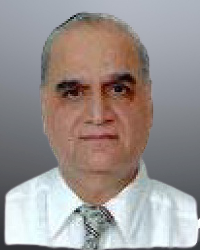Types/Stages of hidradenitis suppurativa
Hidradenitis suppurativa progresses in stages which include:
-
Stage 1: Presence of single or few sores with no sinus tracts or scarring.
-
Stage 2: More than one sore or affected area with localised scarring but limited sinus tracts.
-
Stage 3: Widespread sores with extensive scarring and sinus tracts that involve a whole area of the body.
Symptoms of hidradenitis suppurativa
The symptoms of HS can vary widely among patients but primarily include:
-
Small pitted areas of skin containing blackheads.
-
Painful, red lumps that grow larger over time and break open, causing abscesses that drain fluid and pus.
-
Abscesses that heal slowly and recur over time, leading to scarring and tunnels under the skin.
Tests to Diagnose hidradenitis suppurativa
Hidradenitis Suppurativa treatment doctors’ diagnosis of HS is primarily based on clinical symptoms, but certain tests can aid in confirming it:
Medical History: A detailed account of your symptoms, lifestyle habits, and family history of the condition.
Physical Exam: An examination of the affected areas to identify typical lesions, nodules, abscesses, and scarring.
Skin/Pus Samples: These may be taken to rule out other skin conditions or infections.
Treatment or Surgery Options for hidradenitis suppurativa at Apollo Hospitals in Delhi
The best hidradenitis suppurativa treatment doctors at Apollo Hospitals in Delhi create comprehensive treatment plans tailored to their needs and condition severity:
-
Medical Treatment: This includes skin care using benzoyl peroxide washes and gentle antiperspirants, oral or topical medications such as hormones or anti-inflammatories, injectable medications like biologics or corticosteroids, wound care for slow-healing sores, and laser hair removal.
-
Surgical Treatment: Procedures include wide surgical excision of affected areas, drainage of abscesses and sinus tracts, removal of lesions, and management of scarring and contractures.
-
Lifestyle Changes: Recommendations include weight reduction for obese patients, smoking cessation to reduce the severity of the condition, wearing loose-fitting clothing, and avoiding tight underwear to reduce irritation and sweating.









 Call Now
Call Now








